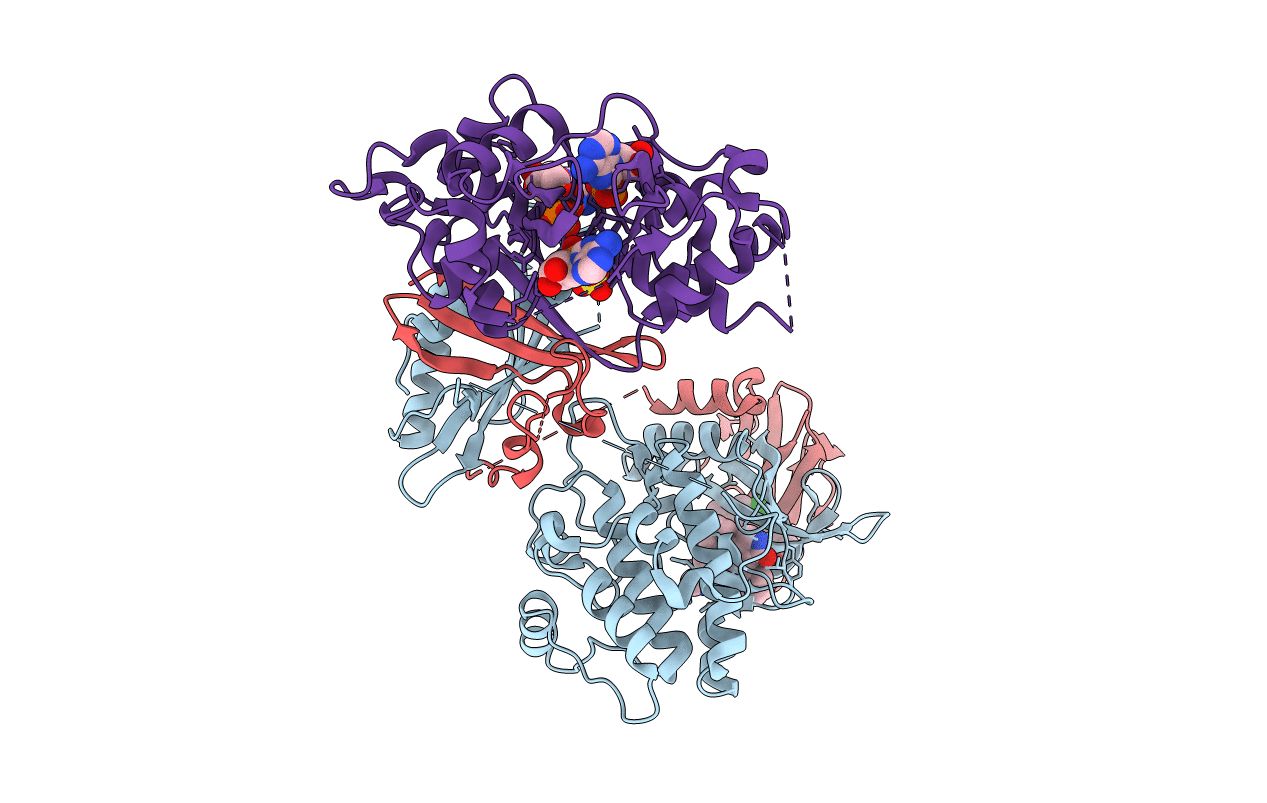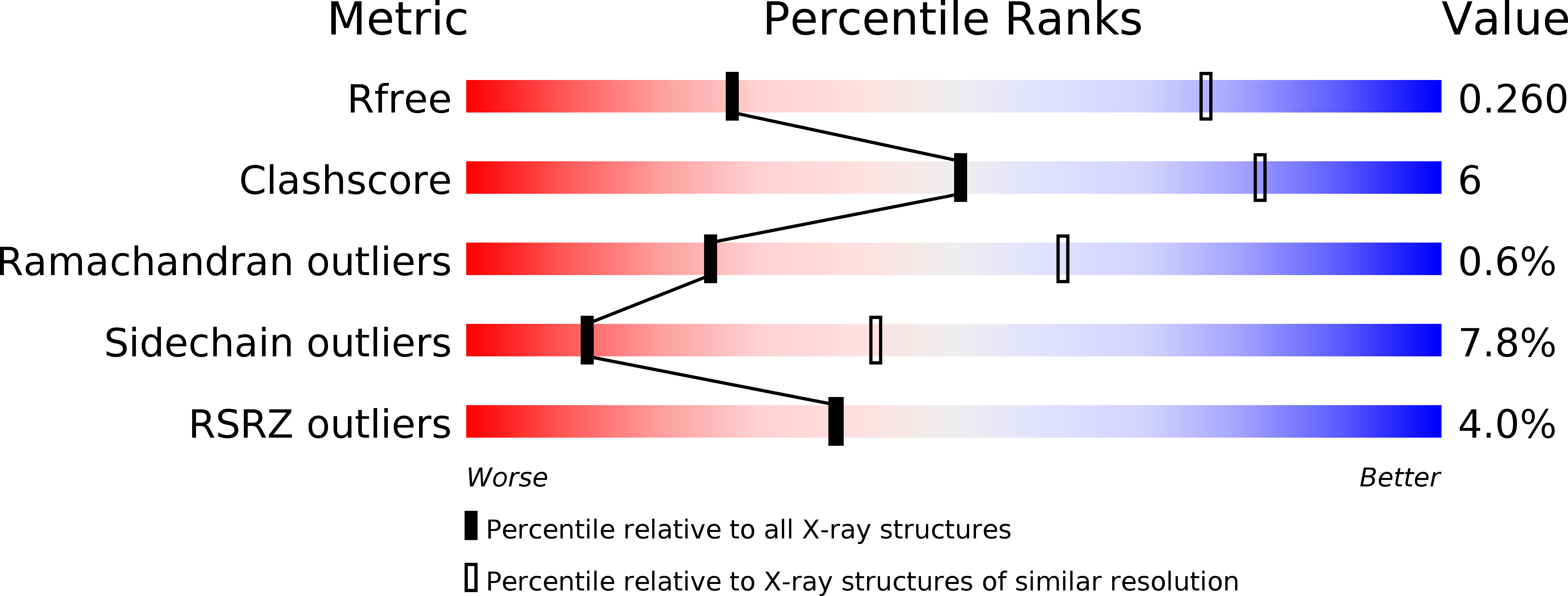
Deposition Date
2016-07-05
Release Date
2016-08-17
Last Version Date
2024-10-16
Method Details:
Experimental Method:
Resolution:
3.41 Å
R-Value Free:
0.25
R-Value Work:
0.22
R-Value Observed:
0.22
Space Group:
P 61 2 2


